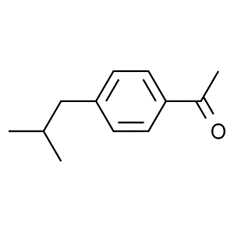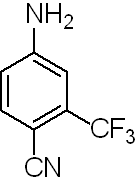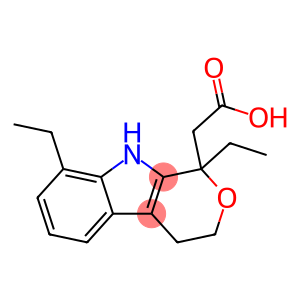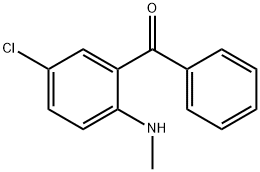4-Isobutylacetophenone(CAS# 38861-78-8)
| Risk Codes | R10 – Flammable R40 – Limited evidence of a carcinogenic effect R52/53 – Harmful to aquatic organisms, may cause long-term adverse effects in the aquatic environment. R43 – May cause sensitization by skin contact |
| Safety Description | S16 – Keep away from sources of ignition. S36 – Wear suitable protective clothing. S22 – Do not breathe dust. S61 – Avoid release to the environment. Refer to special instructions / safety data sheets. S36/37 – Wear suitable protective clothing and gloves. |
| UN IDs | 1224 |
| WGK Germany | 3 |
| TSCA | Yes |
| HS Code | 29143990 |
| Hazard Class | 3.2 |
| Packing Group | III |
Introduction
4-isobutylacetophenone, also known as 4-isobutylphenylacetone, is an organic compound. The following is an introduction to its nature, use, preparation method and safety information:
Quality:
- Appearance: 4-Isobutylacetophenone is a colorless liquid, or a yellow to brown liquid.
- Solubility: It has good solubility in organic solvents.
- Storage stability: It should be stored in a cool, dry, well-ventilated place away from direct sunlight.
Use:
Method:
- The preparation of 4-isobutylacetophenone is generally accomplished by acid-catalyzed alkylation. There are many specific preparation methods, one of which is to react acetophenone and isobutanol under acidic conditions to obtain the target product.
Safety Information:
- Care should be taken to prevent 4-isobutylacetophenone from coming into contact with the eyes, skin, and respiratory tract.
- Wear protective gloves, glasses, and face shields when handling, storing, and handling. Make sure the room is well ventilated.
- In case of accidental contact with the compound, immediately rinse with plenty of water for at least 15 minutes and seek medical attention.
- The specific safety information should be determined according to the actual situation and the relevant safety manuals to ensure that the operators have the relevant knowledge and experience in the operation of chemical experiments.








